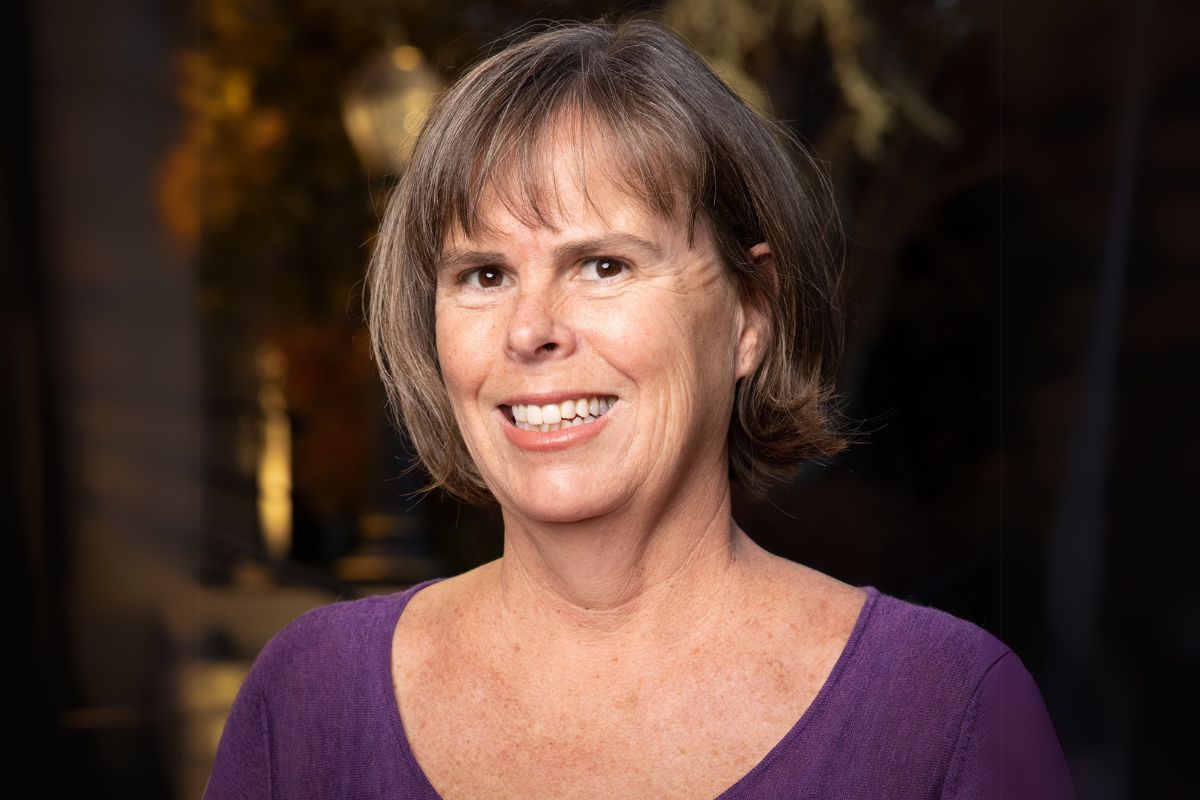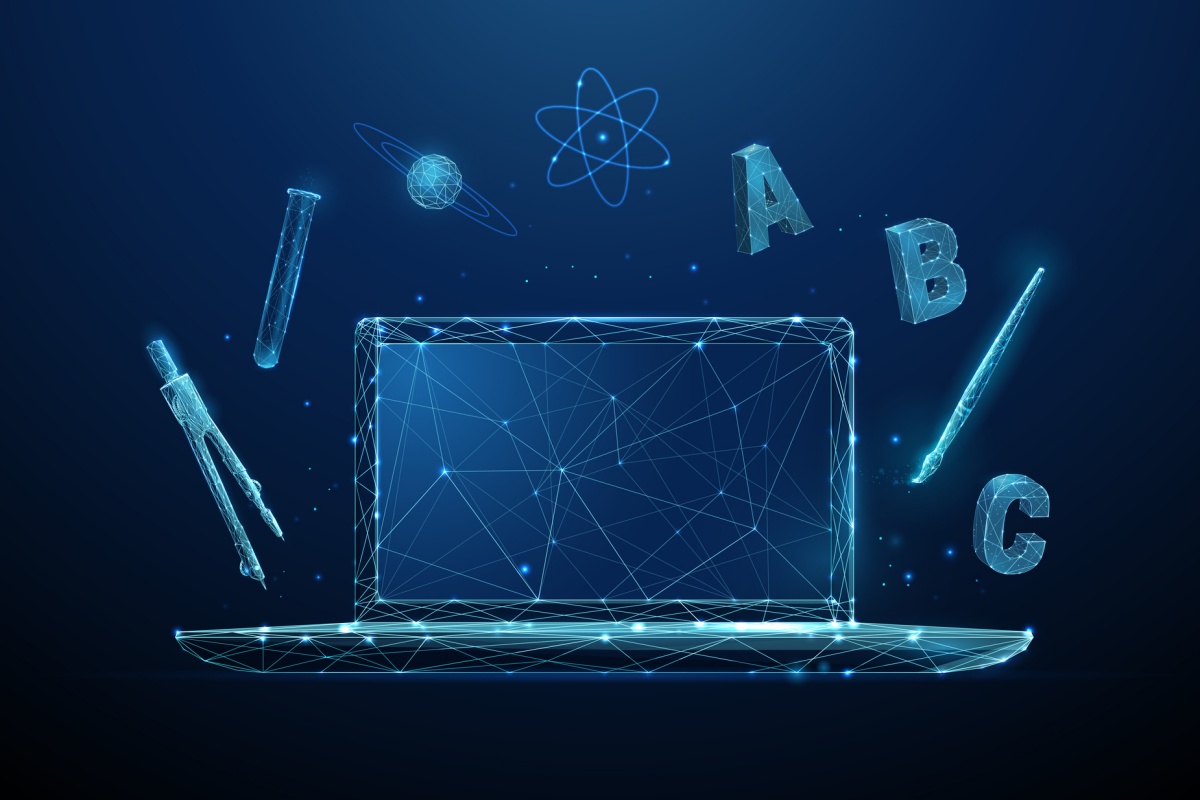To understand the potential of education technology today, TC alumna Cindy Johanson (M.A. ’89, Philosophy and Policy) offers an enthusiastic and forward-looking perspective, shaped by more than 30 years in the field. As the Executive Director of the George Lucas Educational Foundation since 2010, she leads the growth and impact of initiatives such as Edutopia. Previously, Johanson advanced digital operations at the Public Broadcasting Service (PBS), where she served as the Senior Vice President of Interactive and Education, a role through which she launched and grew the organization’s web presence.
Johanson spoke to TC Today about ed tech right now, artificial intelligence in schools and more.

Cindy Johanson (M.A. ’89), Executive Director of the George Lucas Educational Foundation (Photo courtesy of Johanson)
What in education technology is most exciting to you right now and why?
CJ: AI in education gives me the same goosebumps I felt back in 1994 when I was at the Public Broadcasting Service and we launched our first website — that sense of witnessing a fundamental shift in how learning happens. Today, tools like ChatGPT and Claude can respond to each student's unique questions and interests, while empowering teachers to focus on what matters most: the deeply human work of building relationships and developing critical thinking skills. When AI handles the rote tasks, students can engage more meaningfully — making connections across subjects and building the creative, collaborative problem-solving abilities that will shape their futures.
How are you feeling about the opportunities offered by ed tech and AI for project-based learning and education more broadly?
CJ: I’m optimistic about how AI can finally make project-based learning (PBL) accessible to all educators — not just those with extensive support and resources. We’ve long known that PBL leads to deeper, more relevant learning, where students tackle real-world problems, but many teachers have found it challenging to implement well — the planning, differentiation, and assessment can be overwhelming. AI tools are starting to change that by helping teachers design authentic projects tailored to their students’ interests, generating just-in-time resources, and streamlining assessment in ways that make PBL much more manageable. What excites me most is that as these tools lower the barriers to implementation, we’ll see more classrooms evolve into dynamic spaces where students aren’t just memorizing content — they’re applying knowledge through meaningful work that combines academics with social-emotional learning and real-world relevance.
When AI handles the rote tasks, students can engage more meaningfully — making connections across subjects and building the creative, collaborative problem-solving abilities that will shape their futures.
What’s the most valuable resource that’s shaped your thinking?
CJ: With technology advancing so rapidly, I’m constantly discovering new tools that reshape how I learn and interact with information — honestly, I feel a little bounce in my step; it’s an exciting time to be alive. Lately, I’ve been especially impressed by Google’s NotebookLM, which turns dense documents into interactive, podcast-style summaries, and AI assistants like Claude, which enriched my recent trip to Portugal by offering instant historical context for cathedral mosaics (far beyond what a guidebook could offer) and helping with practical travel needs. These tools aren’t just convenient additions to my day — they’re fundamentally transforming how I experience, understand, and connect with the world.
Can you tell us about your favorite TC memory?
CJ: I was incredibly fortunate to learn from giants like Lawrence Cremin, Maxine Greene and Ellen Lagemann — professors who didn’t just teach content, but fundamentally reshaped how I see education’s role in society. Some of my fondest memories, though, come from living in Whittier Hall. Sharing meals and late-night conversations with my international suitemates expanded my worldview in ways that were just as impactful as anything I learned in the classroom. And I can’t talk about TC without mentioning the historic basement pool with the lion’s head fountain. There was something almost magical about those quiet swims — peaceful moments in such a beautiful, storied space that felt uniquely TC and left a lasting impression.
What’s your greatest hope for the future?
CJ: A peaceful world, a healthy planet and a culture of everyday kindness — that’s the future I hope we create, together.
